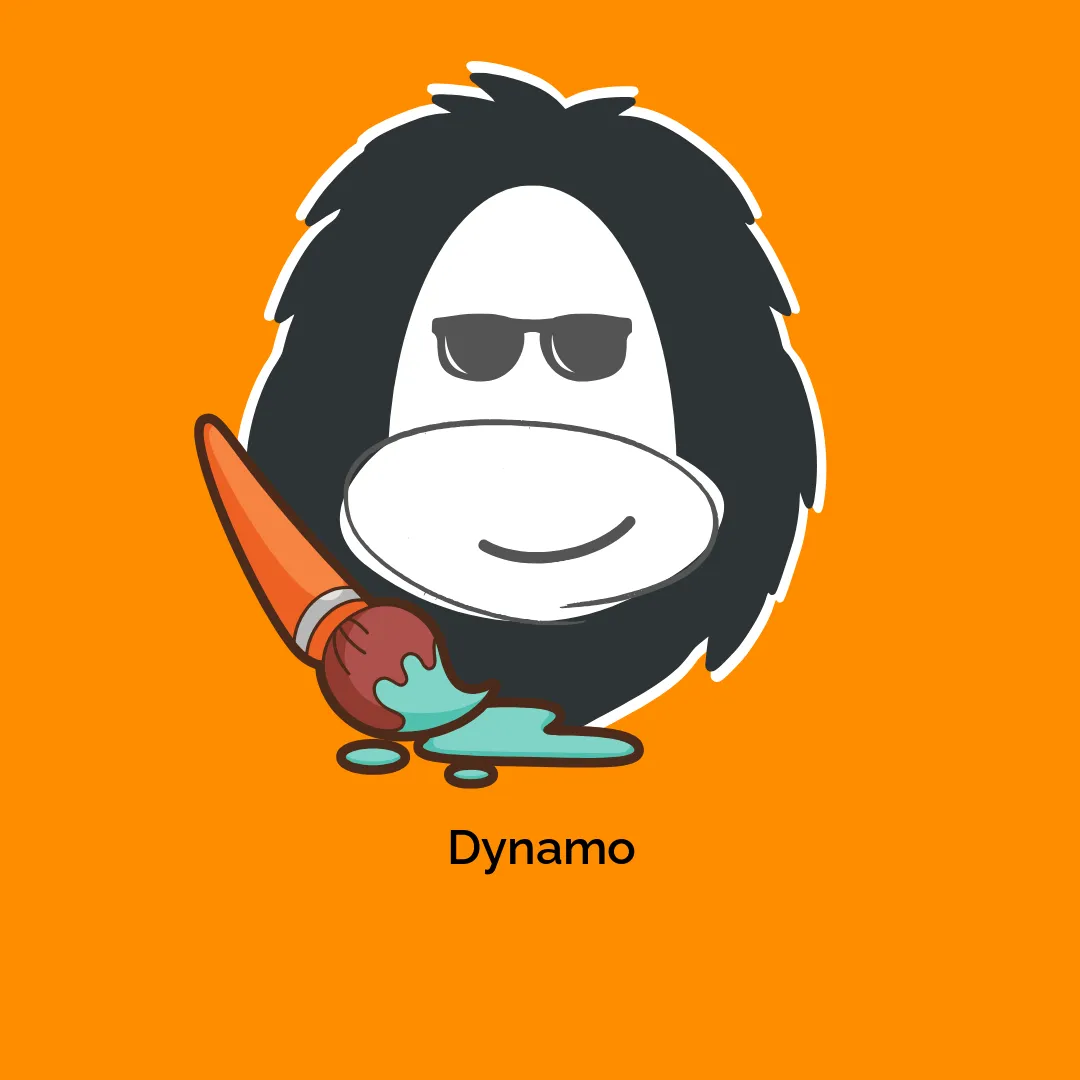Unleashing the Power of Dynamo
Dynamo is a dynamic tool that has increasingly gained traction in various fields, particularly in architecture, design, and automation. It serves as a powerful extension for those using Autodesk Revit and enables users to harness the full potential of parametric design. In the world of architectural design, where creativity meets technical precision, Dynamo emerges as an essential resource.
Understanding Dynamo’s Functionality
At its core, Dynamo is a visual programming tool that allows users to manipulate data and create custom interactions within Revit. This platform enables architects and engineers to develop complex geometries and automate repetitive tasks. The benefits of adopting Dynamo extend far beyond mere efficiency; it can also enhance the accuracy of design processes, ultimately leading to more innovative and effective solutions in construction and architecture.
For instance, consider a scenario where an architect needs to design a facade with thousands of unique panels. Manually adjusting each panel would be incredibly time-consuming. However, using Dynamo, the designer can create a script that automatically generates the required variations, drastically shrinking the time to completion and reducing human error. Likewise, projects that require intricate detailing or structural analysis can benefit significantly from batch processing capabilities.
Automation and Scripting with Dynamo
One of the standout features of Dynamo is its ability to automate repetitive tasks. Users can create scripts that generate precisely defined operations, which not only speeds up the workflow but also ensures consistency across the entire project. Automation in the design phase can cover everything from setting parameter values, creating views, to generating complex shapes based on defined algorithms.
Moreover, Dynamo’s integration with Revit allows for real-time data manipulation and immediate updates on the model. This ensures that any changes made in the scripts are reflected instantly, giving designers instant feedback on how their changes affect the overall design. Such capability is particularly valuable during the design review stages, where rapid iterations can be crucial for meeting project deadlines.
The Importance of Visual Programming
Dynamo’s interface is designed to be user-friendly, allowing even those who are not traditional programmers to engage in programming concepts. Nodes in Dynamo represent specific functions or data points, which can be connected in a flowchart style. This visual approach simplifies complex programming tasks, making it accessible for architects and builders who may not have a background in coding.
This approach is immensely powerful as it democratizes the creation of scripts and automated processes in design. By enabling more professionals to take part in computational design, the entire field benefits from a greater diversity of ideas and methodologies, ultimately leading to more innovative architectures.
Collaborating with Dynamo in Teams
In an industry where collaboration is key, Dynamo facilitates teamwork by allowing multiple users to share and refine scripts. Teams can build on each other’s work and innovate together, further enhancing creativity and the quality of the final design. The open-source nature of Dynamo allows users to upload their custom scripts to share with the community, creating a rich repository of resources that can be accessed and utilized by professionals globally.
Furthermore, the cloud-based capabilities of Dynamo provide an added layer of convenience. Team members can access complex scripts and updates from anywhere, which is particularly advantageous in the current trend of remote working. This flexibility ensures that projects can continue to evolve seamlessly, regardless of where team members are located.
Enhanced Visualization and Analysis
Beyond just adjusting geometries, Dynamo allows for enhanced visualization of data. This can help architects and engineers not only design but also analyze their work rigorously. By integrating real-time data into the design phase, teams can evaluate various design options based on quantitative data, such as energy performance or material usage.
For example, Dynamo can model how natural light interacts with building facades throughout the day, assisting in making informed decisions that can improve energy efficiency and occupant comfort. This level of analysis is crucial in contemporary architecture, where sustainable design is becoming a baseline expectation rather than an added feature.
Dynamo in Education
Dynamo’s application extends into the academic arena, where it is used to teach students about the principles of parametric design and computational thinking. Educators are integrating Dynamo into their curricula to foster a hands-on learning experience. Students can experiment with concepts that would be much more challenging to illustrate with traditional methods alone.
This educational approach is vital for cultivating the next generation of architects and designers who will inevitably rely on computational tools like Dynamo. As the demand for skilled professionals who can navigate both traditional design and cutting-edge technology rises, familiarity with Dynamo becomes an essential part of architectural education.
Real-World Projects Utilizing Dynamo
Many high-profile real-world projects have successfully integrated Dynamo into their workflows. For instance, the Sydney Opera House utilized Dynamo to enhance the geometric complexity of its design, allowing for manufacturing precision that traditional methods might not achieve. Such applications showcase Dynamo’s potential in bringing groundbreaking architectural concepts to life.
Another example is the Smithsonian National Museum of African American History and Culture in Washington, D.C., where Dynamo played a critical role in achieving the intricate facade geometry that characterizes the building. This project required a high degree of data manipulation to ensure accuracy and compliance with design standards—something that Dynamo handled adeptly.
Overcoming Challenges with Dynamo
While the advantages of utilizing Dynamo are clear, users often face challenges, especially during their initial learning phase. Learning to navigate the various nodes and understanding how to properly connect them can take time and practice. However, this learning curve should not deter designers and architects from exploring the capabilities of Dynamo.
To overcome these challenges, many resources are available, including online tutorials, forums, and workshops. Engaging with the community can significantly bridge the gap in knowledge and propel users toward more advanced applications of the tool.
Furthermore, embracing the iterative nature of working with Dynamo can be beneficial. Initial attempts may not yield perfect results, but the process of refining scripts through trial and error leads to deeper understanding and more effective outcomes over time.
Future Outlook for Dynamo
As technology evolves, the future of tools like Dynamo looks bright. Continuous updates and community contributions are always enhancing its capabilities. As artificial intelligence continues to infiltrate various industries, it is likely that Dynamo will integrate with AI technologies, providing even more advanced automation and data analysis capabilities.
The future will likely see an increased emphasis on building information modeling (BIM) interoperability and collaboration tools within Dynamo. This shift could open up new possibilities for multi-disciplinary projects, where designers, engineers, and contractors work even more closely in the digital space.
Additionally, with an increasing focus on sustainability in design, Dynamo will play a pivotal role in promoting eco-friendly practices. By harnessing its powerful data analysis tools, designers can create spaces that not only fulfill aesthetic desires but also meet environmental and ecological standards.
In Conclusion
Dynamo is more than just a tool—it’s a transformative platform that enables creativity and efficiency in architectural design. Its ability to simplify complex processes, enhance collaboration, and provide valuable insights into data has made it an indispensable asset in modern architecture. As the design landscape continues to evolve, those who embrace Dynamo will undoubtedly find themselves at the forefront of innovation, driving the industry toward a more intelligent, automated, and sustainable future.
By leveraging the unique capabilities of Dynamo and staying attuned to the latest developments, architects and designers can ensure that their work is not only visually stunning but also operationally effective and aligned with contemporary needs.
Dynamo: Download for Free on OrangoGPL
Indeed, downloading Dynamo Themes for free on OrangoGPL is 100% viable and within the law.
Actually, even downloading a cracked Dynamo is law-abiding, because the license it is distributed under is the GPL, and this license allows anyone its free distribution.
This way, there’s no reason to worry: If you wanted to buy Dynamo cheaply or, directly, to download Dynamo Themes nulled and, thus, obtain it one hundred percent free,, it’s possible easily and legally.
Download Dynamo GPL: A great option for new entrepreneurs
It doesn’t matter what you name it: Discounts for Dynamo, download Dynamo Themes GPL, download Dynamo without license or download Dynamo nulled.
It is something entirely legitimate and something indispensable for every beginner entrepreneur.









Reviews
There are no reviews yet.